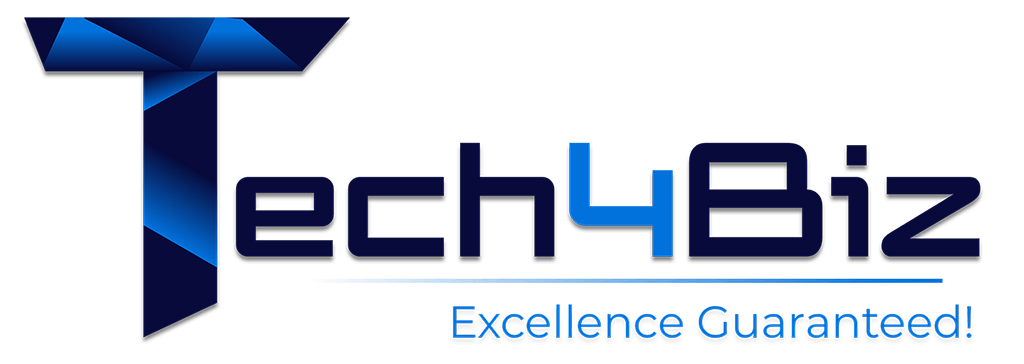
- November 26, 2024
- 6:06 am
The Pros and Cons of Using Open Source Software in Your Development Projects
Introduction
In today’s fast-paced development world, open-source software has become a critical part of the tech ecosystem. By offering free access to source code, open-source tools allow developers to build on existing solutions, saving time and reducing costs. However, while the benefits are compelling, there are also challenges to consider when incorporating open-source software (OSS) into your projects. In this post, we’ll explore the advantages and potential drawbacks of using open-source software and provide advice on how to navigate licensing issues and leverage community support.
The Pros of Using Open Source Software
1. Cost Savings
One of the most significant advantages of OSS is its cost-effectiveness. Open-source software is usually free to use, meaning that you don’t have to pay licensing fees or subscription costs for commercial software. For startups or small development teams working with limited budgets, this can be a game-changer. By leveraging OSS, you can direct resources toward other critical areas of the project, such as development or marketing.
- Example: Using an open-source database like PostgreSQL instead of a proprietary solution like Oracle can save a significant amount of money in licensing fees.
2. Flexibility and Customization
With open-source software, you have access to the source code, which means you can modify it to fit your project’s unique needs. Whether it’s adding features, improving performance, or fixing bugs, open-source software provides the flexibility to adapt the code to your specifications.
- Example: You might use an open-source content management system (CMS) like WordPress and modify its code to create a custom plugin for a specific functionality.
This level of customization can be particularly beneficial for teams with specific requirements that aren’t met by out-of-the-box commercial solutions.
3. Community Support and Collaboration
Open-source software is often backed by vibrant communities of developers who contribute to the project’s improvement. These communities are invaluable resources for troubleshooting, learning best practices, and sharing solutions. Furthermore, open-source software fosters collaboration, as developers from all over the world can contribute to projects, driving innovation and improving the software.
- Example: Popular open-source frameworks like React or Django have large communities where you can find tutorials, answers to common issues, and even contribute to ongoing development.
4. Security and Transparency
Because the source code is open to anyone, open-source software is subject to rigorous scrutiny by a wide range of developers. This transparency can result in better security, as potential vulnerabilities are identified and patched quickly by the community. Additionally, having access to the code means you can conduct your own security audits and ensure the software aligns with your project’s security standards.
- Example: Open-source operating systems like Linux are well-known for their security, as they undergo constant peer review and testing.
5. No Vendor Lock-In
With open-source software, you’re not tied to a specific vendor or their terms of service. If you find that the software no longer meets your needs, you have the freedom to switch to a different solution without facing the costly and complex process of migrating proprietary software. This lack of vendor lock-in gives you greater control and flexibility over your development ecosystem.
- Example: If you’re using an open-source tool for version control, like Git, you aren’t reliant on a single service provider for hosting (e.g., GitHub, GitLab, Bitbucket) and can migrate between platforms as needed.
The Cons of Using Open Source Software
1. Limited Support and Documentation
While many open-source projects have strong community support, this support can be inconsistent. Unlike commercial software, which typically offers dedicated customer service, open-source projects may lack official, 24/7 support. Community-driven support might also be less structured or less reliable, and documentation may be incomplete or outdated in some cases.
- Example: For a niche open-source library, you might struggle to find adequate documentation or face delays when troubleshooting a bug, particularly if it’s not widely used.
2. License and Legal Issues
Open-source software comes with various types of licenses, and it’s essential to understand the terms of the license before incorporating it into your project. Some licenses, like the GNU General Public License (GPL), require that any software developed using the open-source software must also be open-source, which could complicate your project’s distribution strategy.
- Example: If you include GPL-licensed code in your proprietary software, you may be required to release your own source code under the same license, which could limit your ability to monetize the product.
Navigating licensing compliance can be tricky, especially for developers who are unfamiliar with the nuances of open-source licensing. It’s important to carefully review the terms to ensure you’re in compliance.
3. Potential Compatibility Issues
Open-source software is developed by various contributors, which means that compatibility between different tools and libraries isn’t always guaranteed. When integrating OSS into your project, you might face issues related to versioning, dependency management, or incompatibility between components, especially if different pieces of open-source software aren’t maintained to the same standards.
- Example: You might find that an open-source library you’re using isn’t compatible with a newer version of a framework or language, leading to additional work to resolve the issue.
4. Steep Learning Curve for Complex Solutions
While many open-source tools are user-friendly, others can have a steep learning curve, particularly for developers who are new to the tool or technology. Complex open-source platforms may not offer the same level of ease of use or polished user interfaces as their commercial counterparts, making them harder to adopt for non-expert developers.
- Example: Tools like Kubernetes, although powerful for managing containerized applications, can require a deep understanding of system architecture and DevOps practices, which may be challenging for a novice developer.
5. Potential for Stagnation
Some open-source projects may not be actively maintained or updated, especially if they aren’t widely adopted. This can result in software that lacks the latest features, improvements, or security patches. You may also encounter abandoned projects that no longer receive bug fixes, updates, or support, leaving you to either fork the project or switch to a different solution.
- Example: If you rely on an open-source tool that’s no longer maintained, you may encounter compatibility issues with newer technologies or security vulnerabilities that won’t be addressed.
How to Navigate Licensing and Community Support
To maximize the benefits of open-source software while minimizing the challenges, here are a few tips:
- Understand Licensing: Before integrating OSS into your project, carefully review the software’s license to ensure it aligns with your project’s goals and compliance requirements. Websites like ChooseALicense.com provide useful guides for selecting and understanding open-source licenses.
- Contribute to the Community: Open-source communities thrive on contributions. If you use an open-source project that works well for your needs, consider contributing back—whether it’s through code, documentation, bug reports, or financial support. This helps ensure the project stays active and benefits the broader community.
- Evaluate the Community and Maintenance: Look for open-source projects with active, engaged communities and regular updates. Check repositories for pull requests, issues, and commits to gauge the project’s health and support.
- Use Dependency Management Tools: To address compatibility issues, use dependency management tools like npm, pip, or Composer to keep track of package versions and ensure compatibility across components.
Conclusion
Open-source software offers many advantages, including cost savings, flexibility, and the potential for strong community support. However, there are also challenges, such as navigating licensing requirements, dealing with limited support, and ensuring compatibility with other tools. By understanding the pros and cons of open-source software and following best practices for licensing and community engagement, you can effectively integrate OSS into your development projects and leverage its full potential.
The key is to carefully assess each open-source tool and determine whether it aligns with your project’s goals and requirements. With the right approach, open-source software can be a powerful asset in building high-quality, innovative applications.
Call to Action
Are you considering open-source software for your next development project? Dive into the world of OSS, explore its vast ecosystem, and contribute to the community. With the right strategies in place, you can harness the full power of open-source software to create better, more cost-effective solutions for your projects!
Hey
I'm Emma!

Lorem ipsum dolor sit amet, consectetur adipiscing elit. Ut elit tellus, luctus nec ullamcorper mattis, pulvinar dapibus leo.
